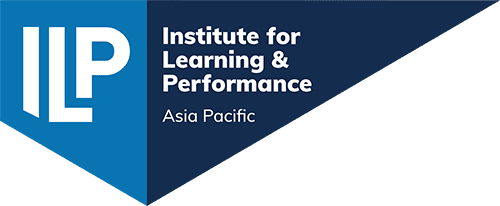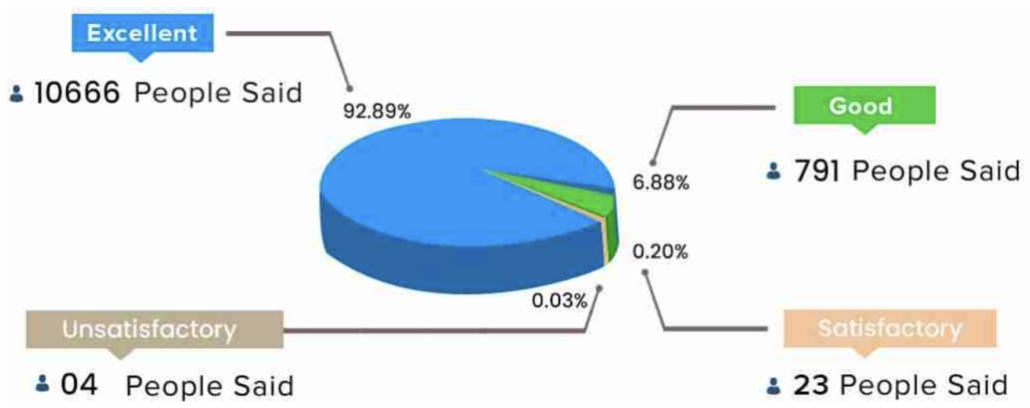Developing Presence…
The ability to communicate ideas, engage an audience and transfer knowledge can mean the difference between success and failure as an L&D professional.
We have all been in a presentation or attended a training program where the presenter or facilitator wowed us with their energy, engagement, knowledge and presence.
For many L&D professionals though, wowing their audience is not high on their list of skills – often behind technical knowledge and capability. Yet developing show-stopping presence is something that most of us aspire to have; and, in this digital age, the ability to engage with participants and audience–be it online or in person–is becoming critical to success within the L&D industry.
Maree Clancy from Say it Now coaches and trains people to find their authentic voice and free it. When asked what makes a good presenter, her response is quick, clear and concise…“A powerful presenter has to have presence”.
So what is presence?
To help answer these question, ILP CEO Kerry Brocks sat down with Maree, to discuss what it takes to develop presence. A good presenter, “a powerful presenter”, Maree contends has three key attributes:
- Credibility, that is they understand their subject matter
- Connection with the audience, emotional appeal, and a
- Logical approach to delivering their message, that is backed up with evidence
These attributes, are easily learnt says Maree. “Public speaking rarely comes naturally to any of us. In fact, it’s the world’s number one phobia. All of us have a voice, but few are comfortable speaking to an audience and even fewer embrace and master public speaking and the art of presentation”.
As a facilitator or trainer, there is often so much focus on the content and audience, that we forget we are also playing the role of presenter. So, what’s the difference between a good facilitator and good presenter?
According to Maree, the key difference is that while a good facilitator must know the ‘ins and outs’ of their material, a good presenter does not need to have that same in-depth knowledge. While a good understanding is of course required, a good presenter will focus on controlling the audience and environment, says Maree.
“A good presenter is able to control and structure their presentation to elicit questions from the audience” and direct the conversation. A facilitator, however, has to know their work inside and out, be flexible and able to respond to the audience.
“A facilitator has to also know their participants and be ready for change. [Be able to] swing the training to adjust and suit the audience, and be ready for any questions, therefore they need more in-depth knowledge of their content.
Maree contents a key difference between a presenter and a facilitator is their presence. Maree identifies presence as “someone who is truly present is in the moment. There is a warmth, charisma says Maree. “You know you have been in the company of someone with presence when you feel they have given you their undivided attention. With presence, the audience feel they have been truly listened to and heard.
So how do we develop presence?
According to Maree, there are three key skills to improving your presence.
- Getting your mindset right!
It is essential to be fully present. Whether you are training, facilitating or presenting, what happens in our mind plays out in our body language and voice. Working on getting your mindset right allows you to control the Mind, body and voice connection.
As an experienced facilitator, the importance of mindset cannot be understated. From experience, we know this impacts your breath, your voice and your energy, and all these impact your ability to deliver and to create, or have presence.
Secondly, once we can control our mind-body-voice connection, we must focus our attention toward actively listening and hearing our learners.
- Actively listening
When presenting and engaging the audience, be sure to give them your undivided attention. Too often we become distracted by other things happening around us – the time, the temperature, the content, technology.
Finally, Maree believes that presence comes from a true desire and passion for people, and interest in learning from them.
- Genuinely interested in people
Whether you are public speaker, facilitator or trainer, having a genuine interest in what others have to say gives others permission to share their stories. This creates engagement, as people feel heard and engaged in your story.
Maree also notes that one of the most important skill however, a presenter, trainer or facilitator needs to consider when delivering a session is to “leave their ego outside the door”. It is important, when sharing knowledge and engaging others is to have a healthy balanced ego, says Maree., “ego, can easily sabotage your delivery.”
Maree has worked with leaders, presenters, trainers and facilitators for over two decades to find their voice and create presence.
“I believe everyone has a story and message to share to the world, and all of us need assistance in delivering that message.”
In her work, Maree helps individuals communicate their message with commanding presence and influence, “whether they be introverts or extroverts, they can heighten their level of charisma and presence with authenticity”.
Watch the interview with Maree Clancy and Kerry Brocks
This Resource is locked. ILP member?
login to view the “Developing Presence…”






Leave a Reply
Want to join the discussion?Feel free to contribute!